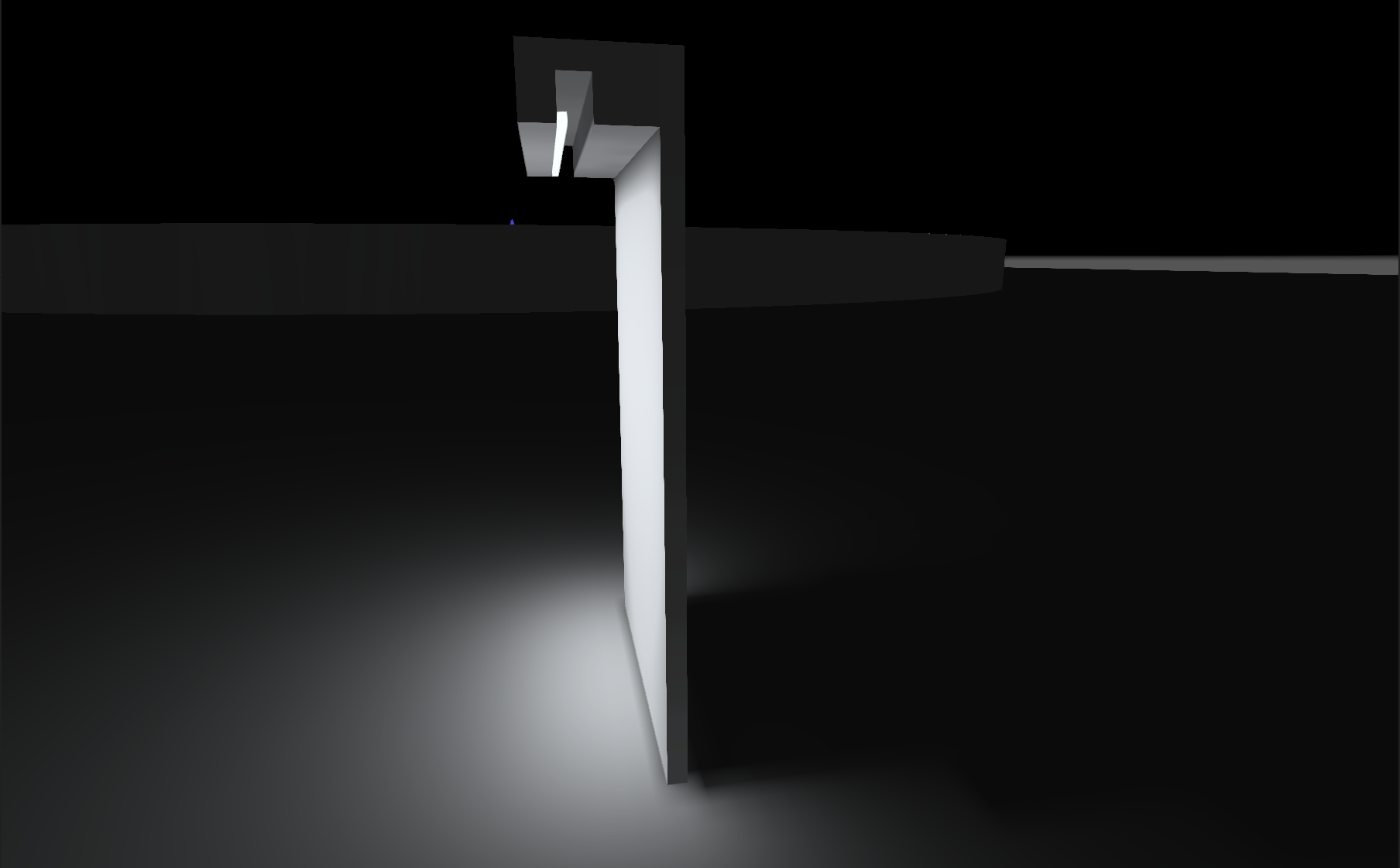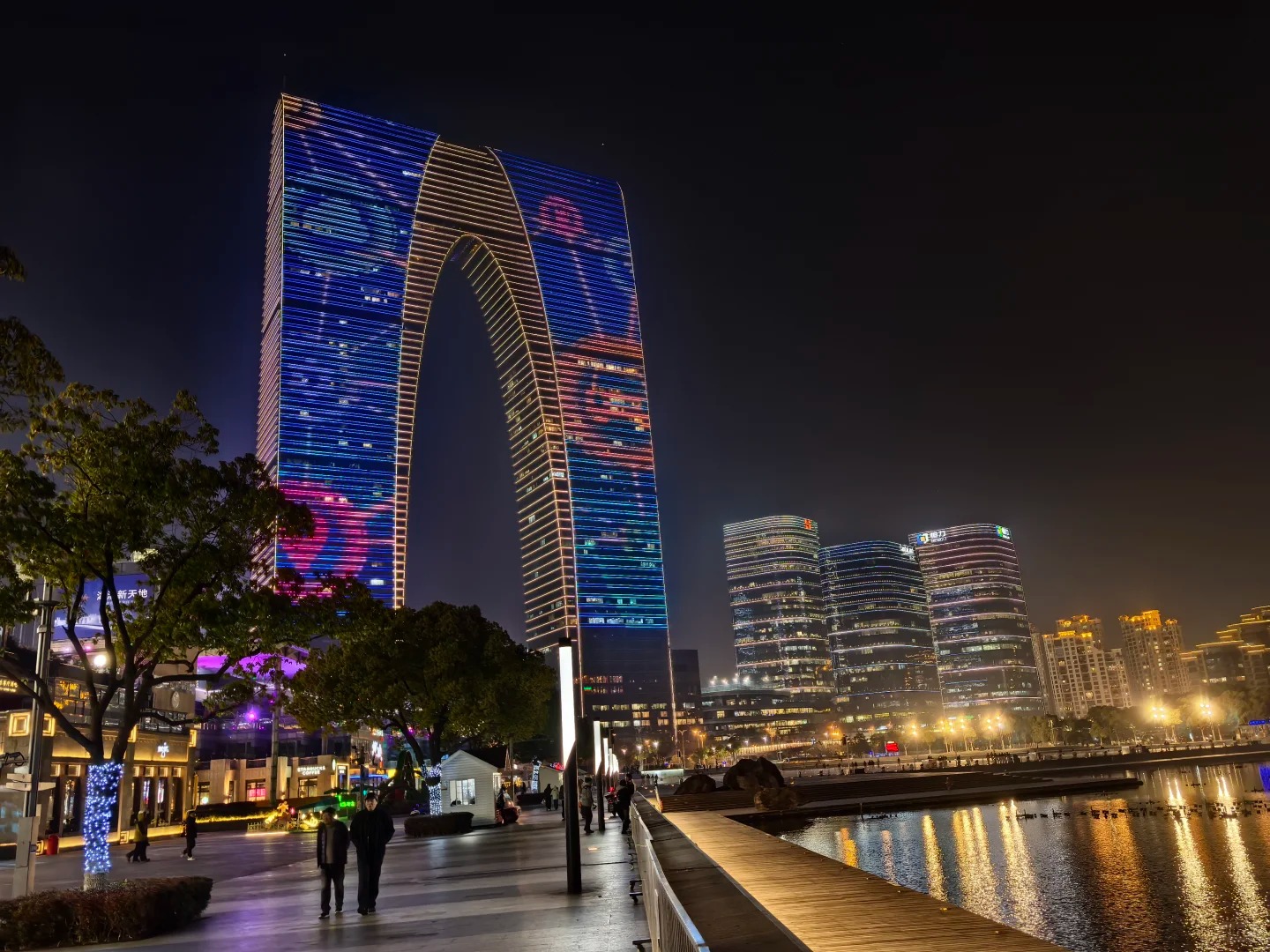Architectural Lighting: Practical Guide
Architectural lighting is the intentional use of light to define, enhance, and communicate a building’s form, materials, and purpose after dark. It is a discipline that blends engineering precision with artistic expression, shaping how people experience and interact with structures at night. By controlling brightness, color, angle, and timing, designers can turn a building from an unremarkable silhouette into a striking nighttime landmark.
This guide provides a complete overview of architectural lighting — from its underlying principles and popular techniques to modern control systems and planning strategies. Whether you are designing for a commercial tower, a cultural building, or a hospitality space, the concepts here will help you create architectural lighting design that is both visually compelling and functionally effective.
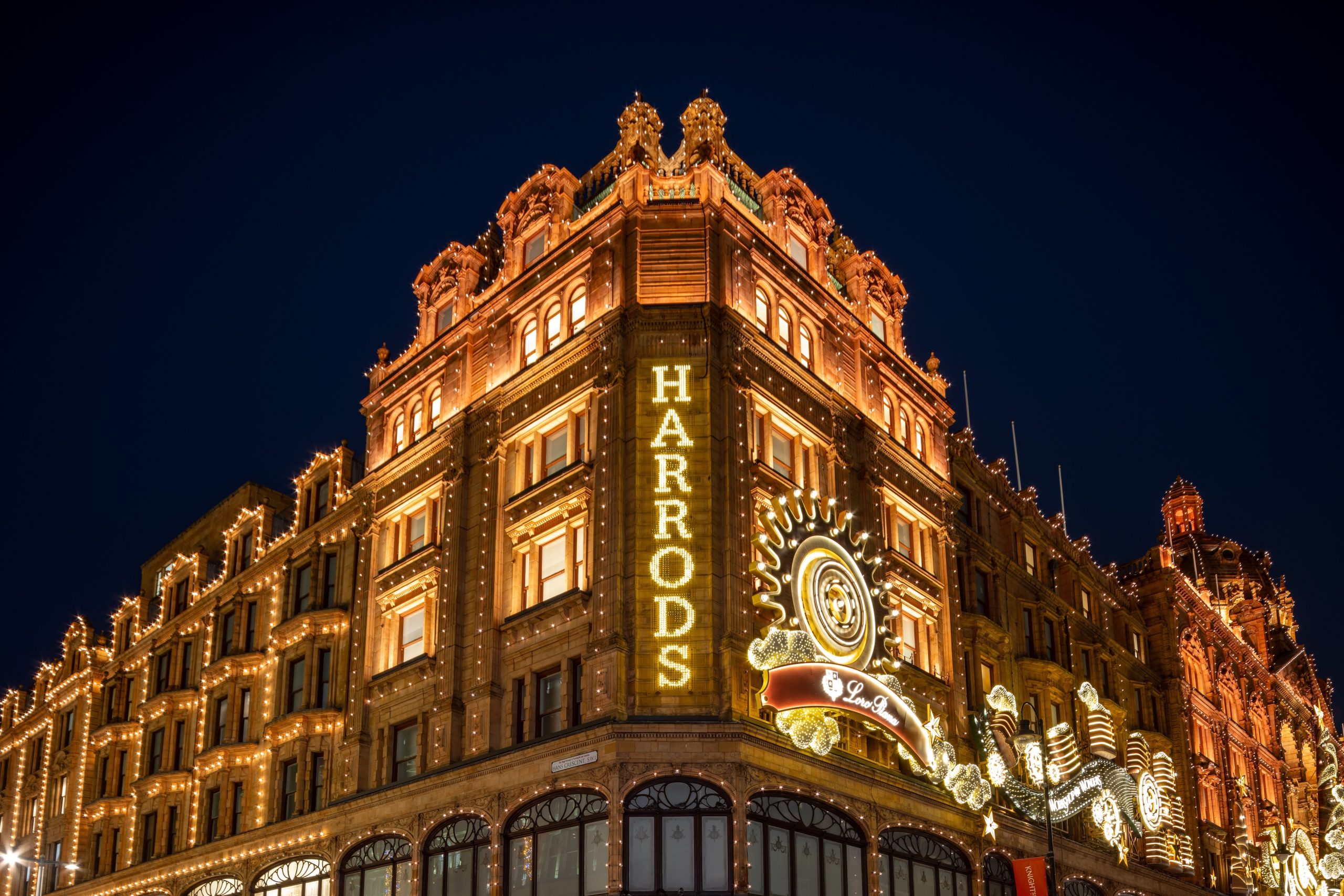
1. What Is Architectural Lighting?
At its core, architectural lighting is about more than simply illuminating a space. It is a strategic design tool that shapes perception and communicates meaning.
From a functional perspective, well-designed lighting improves visibility, enhances safety, and guides people through pathways and entrances. A hotel’s lit canopy may provide clear direction for arriving guests, while the brightening of a stairwell improves security in public areas.
Aesthetically, architectural lighting accentuates the building’s form, draws attention to unique textures, and creates a sense of rhythm and balance in the nighttime streetscape. The interplay of light and shadow can give flat walls new depth or make a façade’s details come alive.
Lighting also serves as a branding device. By carrying a building’s daytime identity into the night through consistent colors, patterns, and focal points, it reinforces recognition and leaves a lasting emotional impression. A retail store with a signature golden glow or a corporate tower lit in brand colors can project its image far beyond daylight hours.
2. Core Principles of Architectural Lighting
2.1 Layered Lighting Approach
Effective architectural lighting rarely relies on a single light source. Instead, it layers different types of lighting to achieve depth and visual interest. Ambient lighting sets the general tone, task lighting supports specific activities, and accent lighting draws attention to features that deserve focus.
By blending these layers, designers can create balanced scenes that feel natural to the eye while still making key elements stand out.
2.2 Contrast and Focal Points
Human vision is naturally drawn to contrast, making it an essential principle in lighting design. By combining brightly lit areas with controlled shadow, a designer can guide the viewer’s gaze to architectural highlights — such as uplighting a tower while allowing the surrounding walls to remain subdued.
Too little contrast results in a flat, unremarkable appearance, while excessive contrast can cause visual discomfort. The goal is to strike a balance that is dramatic without being overwhelming.
2.3 Color Temperature and Rendering
The tone of light — measured in kelvins — influences mood and how materials appear. Warm light (2700K–3000K) can make stone or wood feel inviting, while cooler tones (4000K–5000K) suit modern glass facades and create a crisp, contemporary feel.
Equally important is color rendering, expressed as the Color Rendering Index (CRI). A high CRI ensures that surface textures and colors are represented accurately, preserving the architectural intent.
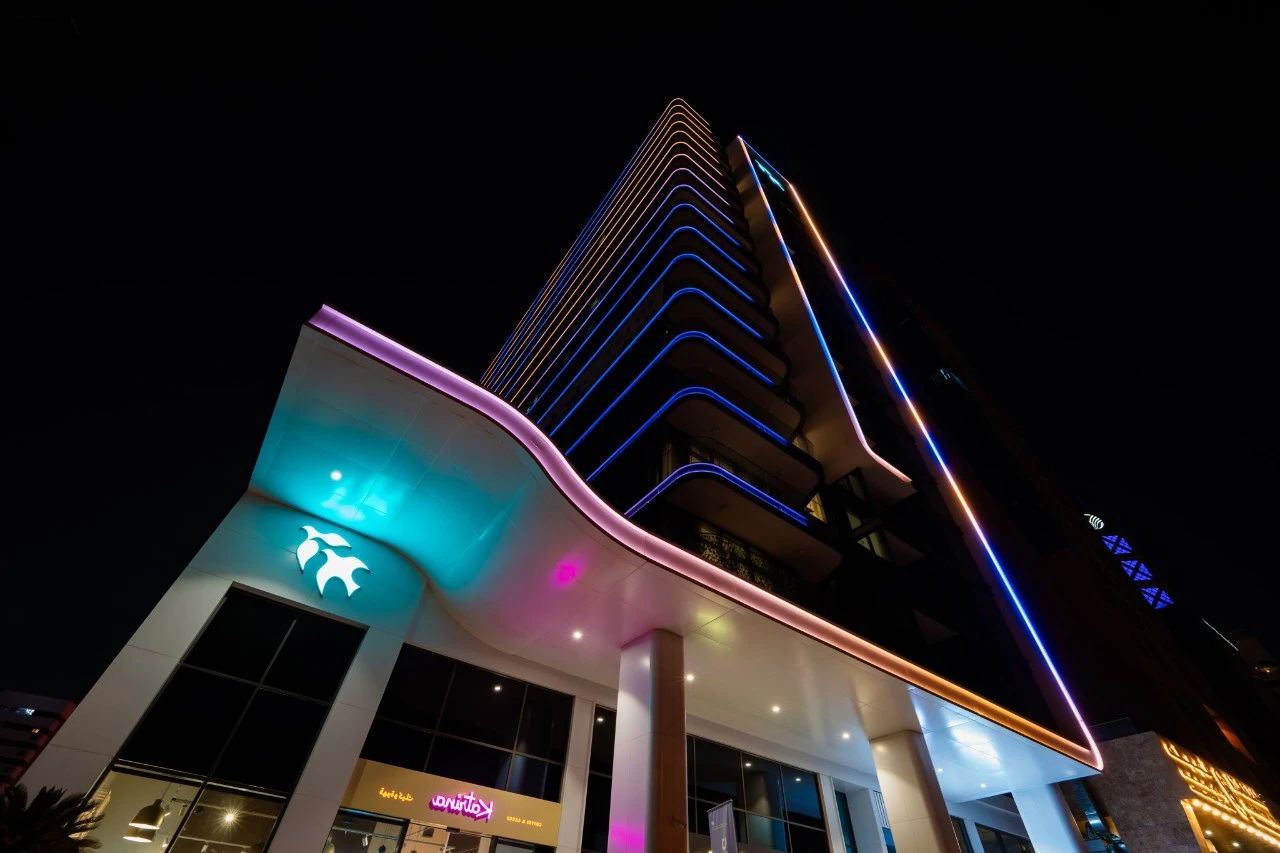
3. Types and Functions of Architectural Lighting
Architectural lighting encompasses a variety of techniques, each serving distinct visual and functional goals. Understanding these types and their specific applications is crucial for creating impactful nightscapes that balance aesthetics, functionality, and sustainability.
3.1 Floodlighting: Uniform Illumination for Form and Presence
Floodlighting uses high-power fixtures—typically LED floodlights with outputs exceeding 200W—to cast broad, even light over large building surfaces. This technique is ideal for emphasizing overall architectural massing, particularly for monumental or historic structures where maintaining visual dignity is essential.
3.2 Contour Lighting: Defining Architectural Lines
Contour lighting utilizes IP67-rated linear LED fixtures installed along edges, eaves, or structural lines to “draw” the building’s silhouette with light. This linear lighting approach provides clarity to complex forms and accentuates architectural geometry without overwhelming the façade.
3.3 Translucent Lighting: Illuminating from Within
This technique leverages the translucency of curtain walls or glass façades, using intelligent dimming systems to control interior light that spills outward, giving the building a glowing, ethereal presence at night.
3.4 Dynamic Lighting: Programmable Color and Intensity
Dynamic lighting uses RGBW LED fixtures controlled via DMX512 or DALI protocols, enabling scheduled or event-triggered changes in color, brightness, and patterns to reflect cultural festivals, weather, or branding campaigns.
3.5 Accent Lighting: Highlighting Architectural Details
Accent lighting employs narrow beam angle spotlights (often less than 15°) to illuminate specific architectural elements such as sculptures, reliefs, columns, or signage, enhancing texture and visual interest without flooding the entire façade.
3.6 Integrated Lighting Solutions: Case of Beijing Daxing International Airport
Modern architectural lighting projects often combine multiple techniques into an integrated system. Beijing Daxing International Airport’s terminal roof, shaped like a phoenix spreading its wings, utilizes 5,600 adjustable color temperature LED linear lights. This design not only fulfills wayfinding and aviation safety needs but also simulates the iridescent gloss of phoenix feathers through dynamic gradient color changes, exemplifying the fusion of function and artistry.
4. Lighting Technologies
Architectural lighting’s evolution from static illumination to dynamic storytelling is driven by three interconnected technological pillars: advanced light sources, intelligent control systems, and precision optics. These innovations enable designers to translate creative visions into sustainable, responsive nighttime experiences.
4.1 LED Revolution
Modern LED systems have transcended their initial energy-saving promise (reducing consumption by 60-70% compared to metal halide). Today’s architectural-grade LEDs deliver exceptional color fidelity (CRI >90, TM-30 Rf >85), tunable white spectrums (2200K-6500K in a single fixture), and directional control through integrated optics.
4.2 Control Systems
Contemporary lighting control operates on three functional tiers. Basic scheduling uses astronomical clocks for sunrise/sunset synchronization, while protocol-based systems like DALI-2 (handling 64 devices per bus) manage zone-based dimming with feedback diagnostics. For dynamic architecture, entertainment-grade protocols dominate.
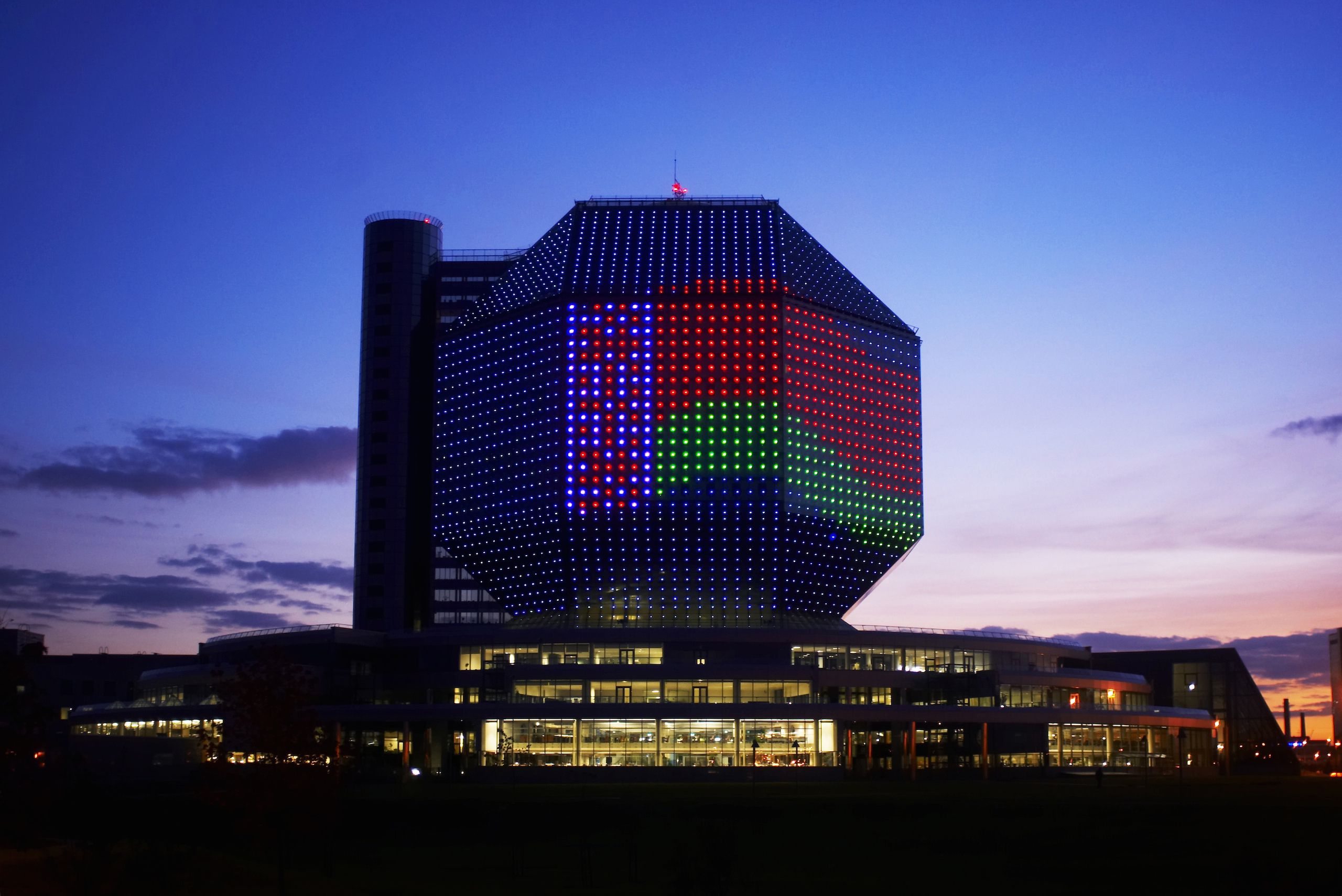
4.3 Optical Systems
Light distribution quality determines a project’s visual impact. Three optical approaches dominate architectural applications:
Refractor optics use TIR (Total Internal Reflection) lenses to create sharp-edged beams (5°-60°) ideal for accent lighting.
Reflector systems generate smooth field uniformity for floodlighting.
Hybrid solutions combine micro-prismatic lenses with secondary reflectors.
4.4 Power & Connectivity
Robust electrical design prevents performance degradation. Architectural projects now demand:
Constant-current drivers with ±1% current stability to prevent chromaticity shift in long LED runs
PoE (Power over Ethernet) solutions reducing conduit needs by 40% in facade applications
IP66/IP68 rated connectors utilizing gold-plated contacts to resist corrosion in coastal environments
4.5 Sustainability Tech
Modern systems transcend basic efficiency through:
Adaptive load shedding dimming non-essential zones during peak utility hours
Lithium-ion capacitor backup maintaining safety lighting during grid fluctuations
Photovoltaic integration BIPV panels power 30% of its dynamic media facade
4.6 Future Horizon: Technology Convergence
The next frontier integrates lighting with other building systems. Electrochromic glass facades now synchronize with interior lighting scenes via KNX protocols, while LiFi-enabled luminaires provide 100Mbps data transmission through light waves.
5. Planning an Architectural Lighting Project
Architectural lighting projects demand thorough planning that harmonizes artistic vision, technical feasibility, and practical execution. The process begins with an in-depth site analysis, where designers evaluate the building’s materials, dimensions, surrounding environment, and viewing perspectives. This understanding informs decisions on fixture types, placement, and lighting intensity.
Clear project objectives must be defined early — whether focusing on enhancing safety, creating visual landmarks, reinforcing brand identity, or delivering dynamic experiences. These goals shape the selection of lighting techniques and control systems, ranging from static floodlighting to programmable RGBW installations.
Advanced lighting design often incorporates computer simulations to predict illumination uniformity, glare, and aesthetic impact. Collaborating with stakeholders through renderings and mock-ups ensures alignment on the final concept.
Installation requires precise execution and on-site testing to fine-tune brightness, color temperature, and timing sequences. Post-installation, ongoing maintenance strategies, including regular cleaning and lamp replacement, are vital to preserve lighting quality and energy efficiency over time.
By integrating these steps, architectural lighting projects can transform buildings into captivating night-time landmarks that blend beauty, function, and sustainability.
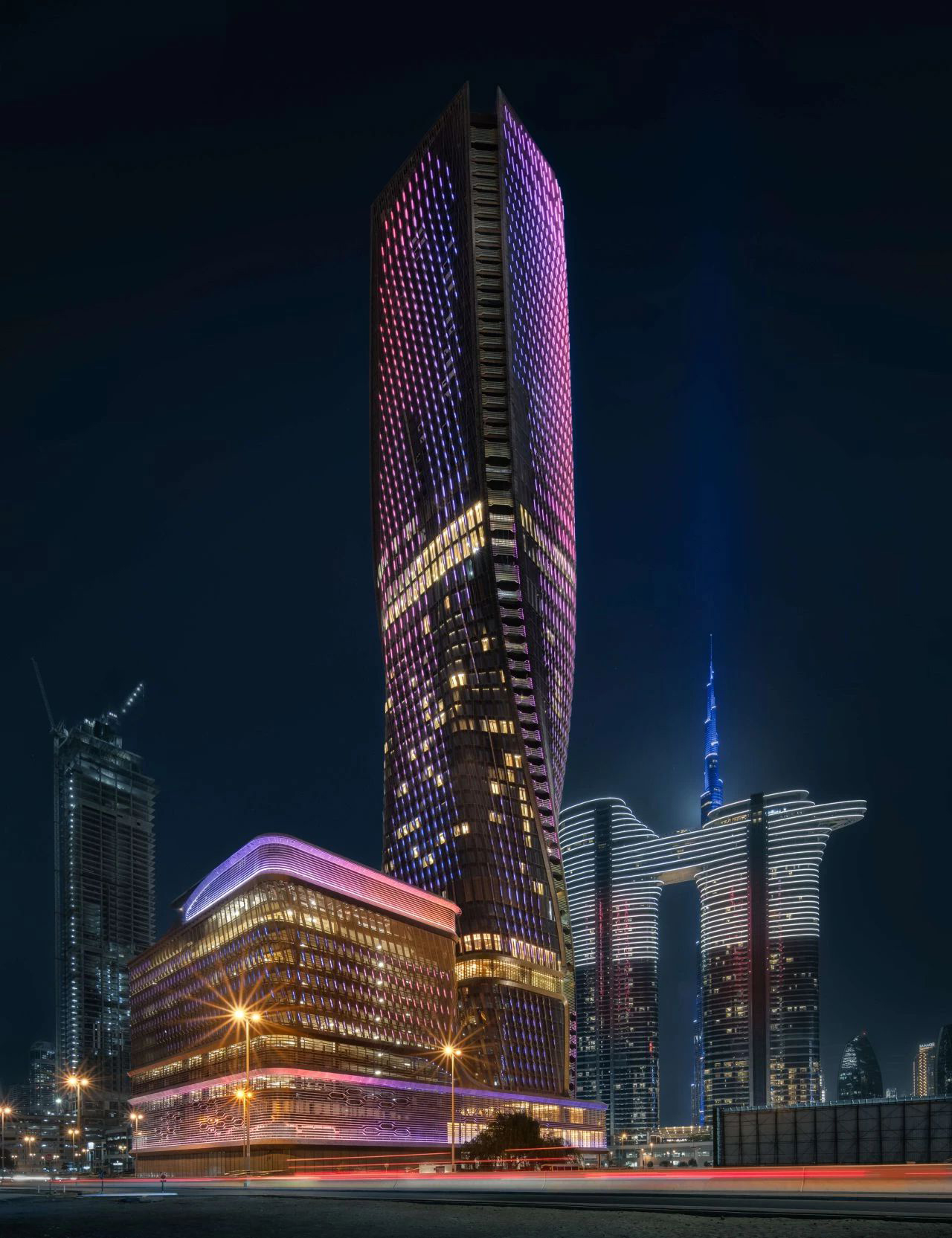
6. Case Example: Urban Hotel Façade Lighting Enhancement
Located in the heart of a bustling metropolis, a well-known hotel aimed to elevate its nighttime presence and increase foot traffic during evening hours.
The design team installed a state-of-the-art RGBW LED lighting system featuring wall washers and rooftop LED strips, all integrated through a DMX control platform for seamless color and brightness modulation.
This flexible system allowed the hotel to tailor its lighting to cultural events and seasonal changes. For example, during Lunar New Year, vibrant red hues enveloped the façade, symbolizing luck and celebration, while during the Mid-Autumn Festival, warm gold and soft white tones created a sophisticated and welcoming ambiance.
The impact was tangible: after the lighting upgrade, the hotel experienced a 35% increase in evening visitors and saw a significant boost in social media engagement and online reviews. This project highlights how dynamic architectural lighting can not only enhance a building’s aesthetic appeal but also serve as a powerful marketing tool, resonating with both locals and international visitors.
7. Maintenance and Sustainability
A successful architectural lighting project requires not only thoughtful design and precise installation but also ongoing maintenance and a commitment to sustainability. Over time, dust buildup, weathering, and aging components can diminish light output and alter the intended visual effect. Regular cleaning and scheduled inspections are essential to maintain optimal performance and preserve the integrity of the design.
Energy efficiency is another crucial consideration. Integrating smart sensors and timers allows lighting to automatically adjust based on pedestrian activity and ambient light levels, reducing unnecessary energy consumption during low-traffic hours. For example, many commercial buildings have implemented dimming schedules that lower brightness after peak hours, achieving significant reductions in operational costs and carbon footprint.
By prioritizing maintenance and leveraging intelligent control systems, building owners and designers can ensure that architectural lighting remains vibrant, effective, and environmentally responsible for years to come.
Conclusion
Architectural lighting is much more than a technical necessity—it is a powerful tool that shapes the character and identity of buildings after dark. By thoughtfully integrating design principles, advanced technologies, and sustainable practices, lighting transforms structures into vibrant landmarks that engage communities and inspire emotions.
At LNJAMI, with over 17 years of experience specializing in outdoor architectural lighting solutions, we are committed to delivering safe, reliable, and innovative products tailored to your project needs. From LED wall washers and linear lights to floodlights and dynamic control systems, our expertise ensures your vision is realized with precision and quality. Whether you require customized solutions or technical support, LNJAMI is your trusted partner in illuminating the future of architectural design.
Ultimately, successful architectural lighting projects illuminate more than just physical spaces—they illuminate the stories, values, and aspirations that buildings represent. Embrace this blend of art and science, and your lighting designs will continue to captivate and endure for years to come.





